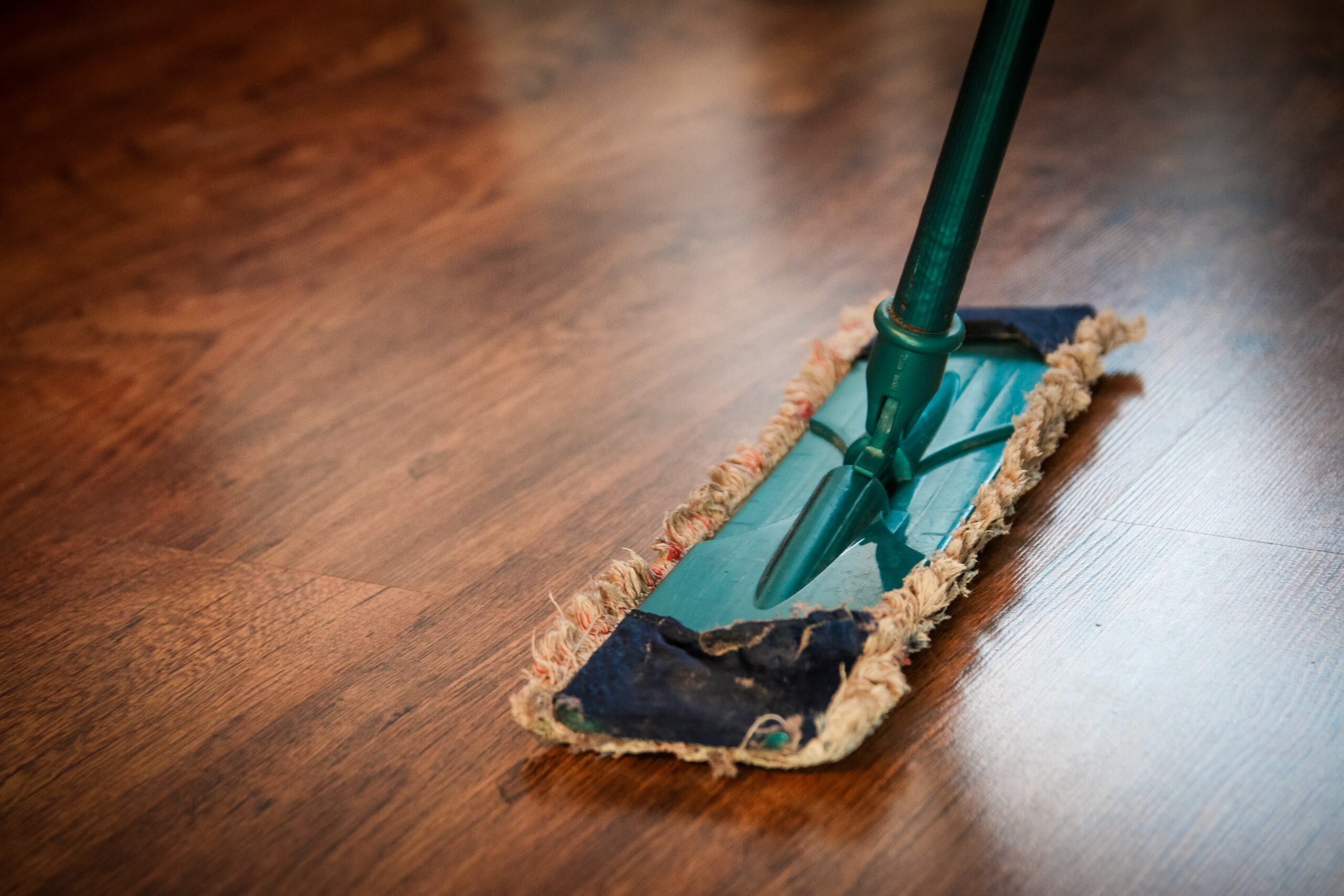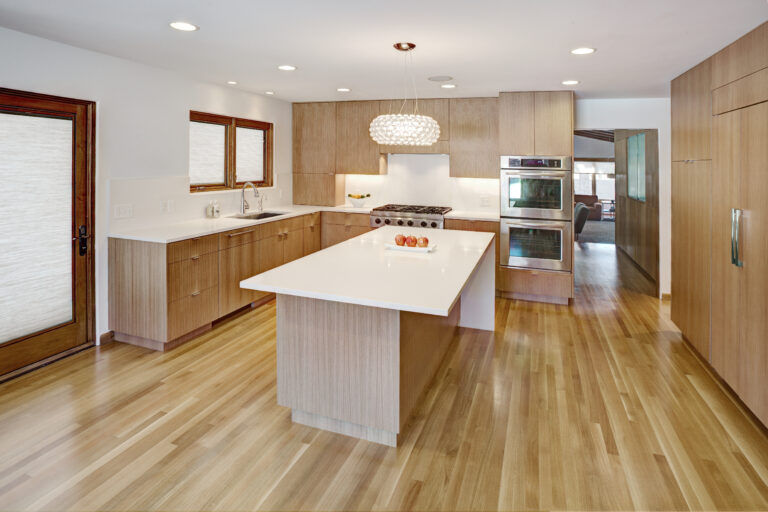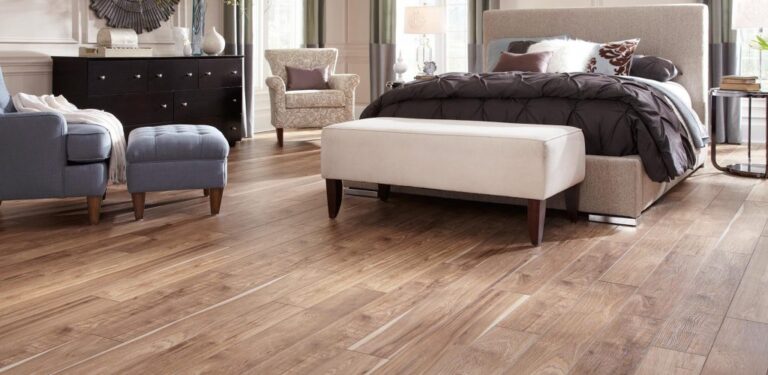Wood floors are not 100% waterproof. But you can maximize the lifespan of such floors by applying a water-resistant finish at intervals of between 2-10 years based on the kind of finish and the intensity of usage. Various water resistance options range from sealants and vanish to water-based finishes and oil.
Waterproofing can assist to avoid:
Bow: Bowing occurs when water damage causes a contraction across the wood surface, making the two ends of a wood floor to rise slightly.
Cup: Same as bowing, but here the effects of water damage make the edges of the wood floor to be lifted, and the centre remains at the same level.
Twist: A twist is observed across the length of the wood floor, where water damage leads to one-sided cupping becoming prominent on opposing sides of the wood floor.
Crook: A crook (also referred as wain) is a c-shaped curve on the wood floor, where water damage leads to contraction on the length of one side of the wood floor.
How to Waterproof a Wood Floor:
Waterproof flooring involves adding some layers of a water-resistant product to the surface of your floor. However, you need to take the necessary steps to prepare your floor before you apply the finish as discussed below:
Sanding: Sanding removes any residual finish that may be present in your floor. This gives you a fresh surface which you can now work with. You can buff the floor using fine steel and vacuum any debris to ensure that you achieve a well-prepped and smooth surface that will respond well to waterproofing.
First and Second Coat: Three types of Waterproof flooring finishes are available on the market today. Ideally, the first and second coat should be applied within a 24-hour period. You should leave them to dry for additional 24hours before you apply the final or third coat.
Final Coat: Make sure that you remove all foot traffic and furniture 24 hours after you have applied the final coat. This is an important consideration because the spot that fixes at this point becomes extremely hard to remove.
Types of Waterproof Flooring Finish: Many people wrongly believe that wood floors have the natural ability to resist water, which is not always the case. You must safeguard your wood against effects of air moisture, spillages and wet foot traffic. You need to apply some water resistant finishes to make your wood floor extremely durable.
Types of Water Resistant Finishes:
Polyurethane:
This is a perfect choice for dense traffic areas. However, in case of accidental chipping, this robust finish becomes hard even to touch. It is available as both water-based and oil-based finish. The main difference between the two types of finish can be seen in the darkening of wood floor, while oil-based finish results in a darker finish.
Varnish
Varnish is not as durable as polyurethane finish. However, a varnish provides sufficient resistant to water and are easier to repair when they are accidentally damaged.
Sealer
They have minimal water resistant properties compared to other types of finishes and are suitable for low traffic areas only. Hardwood floors are not generally waterproof as many people think, thus you need to apply any of the above water-resistant finishes to make them extremely durable.





